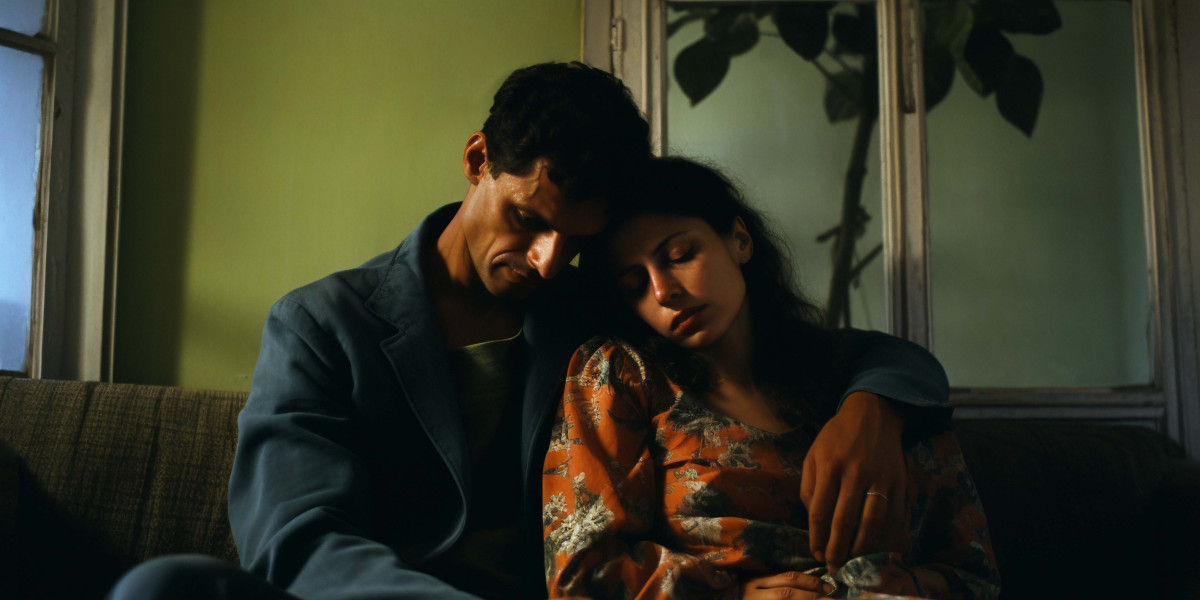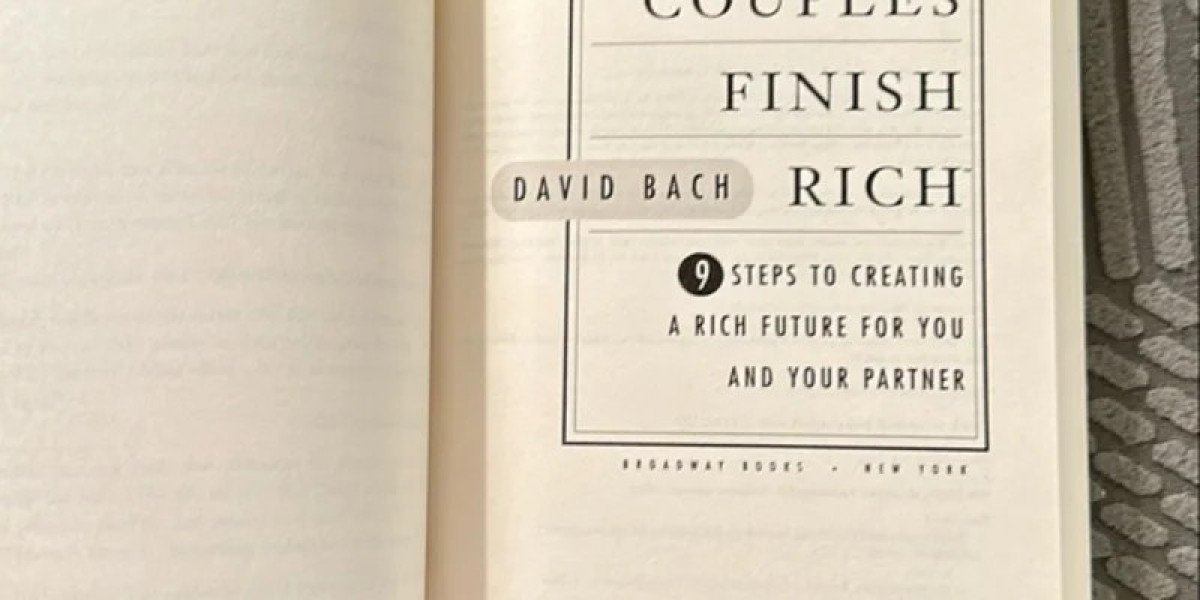When I started my first job at the age of 23, my salary was modest, but my choices were unusual. Instead of spending on entertainment or clothes like many of my peers, I devoted nearly 70% of my income to buying powerful books. I read Osho extensively, along with many other thought leaders. Friends teased me, saying, “This is not sustainable, you can’t live like this.” But those books gave me something invaluable—an early understanding of quality over quantity. I learned that true eliteness is not about following the crowd, but about cultivating taste, wisdom, and distinction. And in that journey, I began to meet people of higher quality—mentors, thinkers, professionals—who valued the same. That lesson still echoes today in how I look at wealth, luxury, and preservation.
Wealth Preservation: The Elite Mindset
The wealthy never think in terms of short-term consumption. They view money as energy to be preserved, multiplied, and passed down generations. Wealth preservation is not just about stocks or bonds—it’s about putting resources into things that hold their essence across time.
This is why elite circles often include assets that outsiders dismiss as “luxuries”—fine art, Bordeaux wines, classic cars, and timepieces like Rolex or Patek Philippe. The wealthy understand that scarcity plus prestige equals value retention. A Rolex is not just a watch; it is a portable store of value, sometimes appreciating faster than traditional investments.
Luxury vs. Asset: Understanding the Divide
There is a clear line between a mere luxury and a luxury asset. A seasonal handbag from a trendy brand? That’s luxury—it gives personal joy but depreciates the moment you buy it.
An Hermès Birkin bag, however, tells a different story. Due to limited supply, heritage craftsmanship, and demand from collectors, certain Birkins have appreciated at an average of 14% annually, even outpacing the S&P 500 over decades. The same applies to watches—limited-edition Rolex Daytonas or Patek Philippe Nautilus models have become financial strategies disguised as accessories.
How Luxury Builds Elite Circles
Another often-overlooked benefit is how luxury helps shape the company you keep. When you invest in meaningful luxuries, you are not just buying an object—you are buying access. A Rolex on your wrist, a glass of Château Lafite in your cellar, or a Birkin on your arm signals something to the world: you respect craftsmanship, heritage, and exclusivity.
These signals act like magnets, drawing you into networks where others value the same. From art auctions to wine tastings, elite circles form around shared appreciation of luxury assets. Over time, this network itself becomes wealth—access to new opportunities, collaborations, and insights that are never advertised to the masses.
The Rolex Example: More Than a Watch
Rolex has mastered the art of scarcity. Even their “regular” models like the Submariner or Daytona are often unavailable at retail and trade above list prices in the secondary market. The Paul Newman Rolex Daytona, bought for a few hundred dollars in the 1960s, was sold in 2017 for an astonishing $17.8 million.
John Mayer, the famous musician, is known almost as much for his watch collection as his music. He has spoken openly about how certain watches he bought years ago are now worth three or four times their original price. To him, collecting watches wasn’t just a passion—it became an asset class of its own.

Lifestyle Transformations Through Elite Assets
The power of turning luxury into an asset goes beyond wealth—it can reshape lives:
A young entrepreneur in London once shared how he bought his first Rolex Submariner in his mid-20s. It wasn’t just the watch that changed things. That Rolex got him noticed in the right rooms, where conversations shifted from small talk to serious business. He eventually co-founded a startup with someone he met at a collectors’ dinner.
Women in elite circles often use Hermès bags not just as fashion statements but as investment tools. A Birkin bought at retail for $15,000 can resell for $25,000 or more depending on rarity. One banker I knew treated her Birkin collection like a portfolio, strategically buying and selling to fund her travels and investments without ever touching her salary.
Wine collectors in France have also used their passion strategically. A few cases of Bordeaux purchased in the 1980s for a few thousand dollars can now be worth hundreds of thousands. Many have used this to fund children’s education or even retirement.
Why This Works: The Economics of Scarcity
Luxury turns into an asset when it is scarce, timeless, and desired by a secondary market. Rolex limits production intentionally. Hermès restricts access to Birkins. Bordeaux châteaux produce finite vintages each year. This scarcity ensures that demand outpaces supply, creating upward pressure on value.
For elites, this isn’t indulgence—it’s strategy. They are playing a game of wealth where consumption becomes preservation.
The Elite Habit of Balance
Of course, elites don’t convert every purchase into an asset. They still enjoy ephemeral luxuries—champagne, fine dining, couture gowns. But they balance pleasure with preservation. Their collections often double as portfolios: one part lifestyle, one part wealth strategy.
In their world, luxury and longevity are not opposites—they are partners.
From Luxury to Legacy
The lesson is simple: luxury becomes an asset when combined with scarcity, craftsmanship, and cultural demand. A Rolex can be more than a watch, a Birkin more than a bag, a Bordeaux more than wine. They are vessels of value—bridging the worlds of lifestyle and finance.
When I look back at my early days of buying books instead of wasting money on perishable distractions, I see the same philosophy at work. It’s about choosing what lasts, what uplifts, and what connects you to quality people. That is what the elite understand—and that is why they keep their wealth intact across generations.
So the next time you see someone wear a Rolex or carry a Birkin, know that it may not just be a symbol of indulgence. It might be a quiet reminder of an elite habit: turning luxury into legacy.



